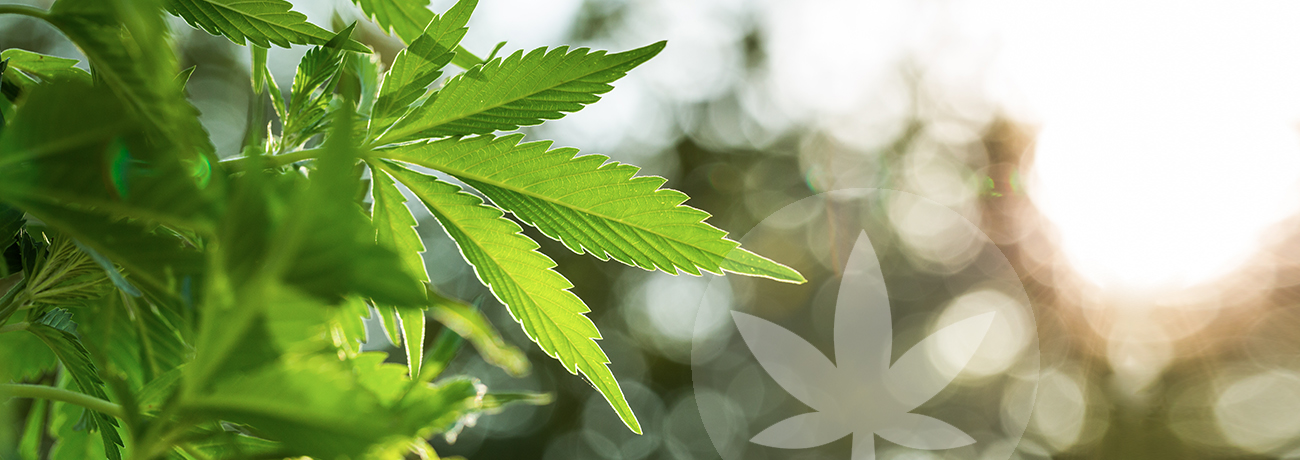Can CBD Help With Migraine Relief?
Last updated:
Published:

Migraines are estimated to affect 1 in 7 people worldwide. Not only are they incredibly common, but they contribute to reduced productivity and millions of dollars lost in absenteeism from work. Keep reading to find out how CBD could be the therapeutic alternative that helps manage the symptoms of migraines.
The impact of migraines is substantial
Although the financial impact, both to the person suffering from migraines and the economy, is significant, it is the reduction in quality of life that makes migraines an incredibly debilitating condition.
You would think that as the third most common disease in the world, migraines would be well understood—the reality is, the underlying mechanism of a migraine is still not fully recognised. As a result, treatment options are limited and many cases continue undiagnosed or undertreated.
If you’ve ever experienced a migraine, mild or severe, you will understand just how exhausting and debilitating they are. Before understanding the potential role of CBD in migraine treatment, let’s first take a look at what causes migraines and how symptoms express themselves.
What causes a migraine?
The exact cause of migraines is unknown, but based on current studies, it is believed to stem from a combination of changes occurring in the brain. Several neurochemicals, defective neurotransmitters (CSD), hormonal changes, and specific triggers are all thought to play a role in the onset of migraines.
Cortisol spreading depression (CSD) occurs when a wave of hyperactivity spreads across the brain, firing neurons along the way. The easiest way to think of CSD is as an overload of the brain’s circuits that causes neurons to fire sporadically. This can manifest as visual disturbances like flashing lights, shapes, and bright spots.
The challenging task for doctors and physicians is that every individual is different, and if genetics and neurochemicals do play a significant role, the number of variables that need to be examined is substantial. Certain risk factors have been identified, and these include family history of migraines, age, and sex. Unfortunately, women are far more likely to suffer from migraines than men, although this difference is less significant pre-puberty.

What are the symptoms of migraines?
Migraines are believed to be the result of a chemical imbalance in the midbrain, which causes nerves in the scalp to trigger a pain response. For sufferers, this will manifest as a headache that progressively builds in intensity. In total, a migraine typically lasts several hours, but in severe cases, symptoms can persist for days.
Migraineurs can also experience loss of vision, pins and needles in the arms or legs, difficulty speaking, and numbness in one side of the body. Collectively, these symptoms are referred to as “aura” and act as an indication that a migraine is going to take place.
Finally, having endured everything that leads up to a migraine, sufferers will experience the pain from the overloaded nerves as a throbbing or pulsing on one or both sides of the head. Migraineurs are also sensitive to light and sound, with either able to induce nausea and vomiting.
Can CBD and the endocannabinoid system help treat migraines?
After listing all the possible symptoms of a migraine, we can finally tackle the matter at hand—can CBD help with migraine relief? Unfortunately, just like the complexity of a migraine itself, there is not a simple yes or no answer.
Specific studies into CBD’s effect on migraines are incredibly limited. A lack of understanding about migraines, combined with varying CBD legislation, has led to incomplete results. That's not to imply CBD is ineffective at treating the symptoms of a migraine, just that researchers haven’t fully explored the concept. There are, however, a few preliminary studies that indirectly suggest CBD could be useful for migraine treatment. By observing a link between a lack of endocannabinoids and overactive serotonin production, researchers believe there may be cause to pursue CBD’s impact further.
In a study published by the American College of Clinical Pharmacy, 121 patients, all diagnosed with migraines, were given medical cannabis containing CBD. Overall, “migraine headache frequency decreased from 10.4 to 4.6 headaches per month”. The details of the study went on to show that “positive results were reported in 48 patients (39.7%)”, with a further 14 patients reporting no migraines at all.
Researchers concluded that “migraine headaches were decreased with medical marijuana use”, going on to add that more studies were needed to explore the cause and effect relationship between different doses and formulations of cannabinoids.

There is still a tremendous amount we do not understand about migraines
At present, migraine treatment consists of over-the-counter pain relief, and in some cases, specially prescribed pharmaceutical medications. The latter is not without adverse side effects, and many individuals prefer holistic remedies that work with the body, rather than isolating a specific symptom.
The studies above suggest that a lack of endocannabinoids could play a part in migraines, and, knowing the impact CBD has on endocannabinoid production, there is hope that these preliminary results will lead to more comprehensive studies, and definitive conclusions to boot. With millions of people affected by migraines, and so much still not understood about the underlying mechanism, the need for high-quality research has never been so significant.













